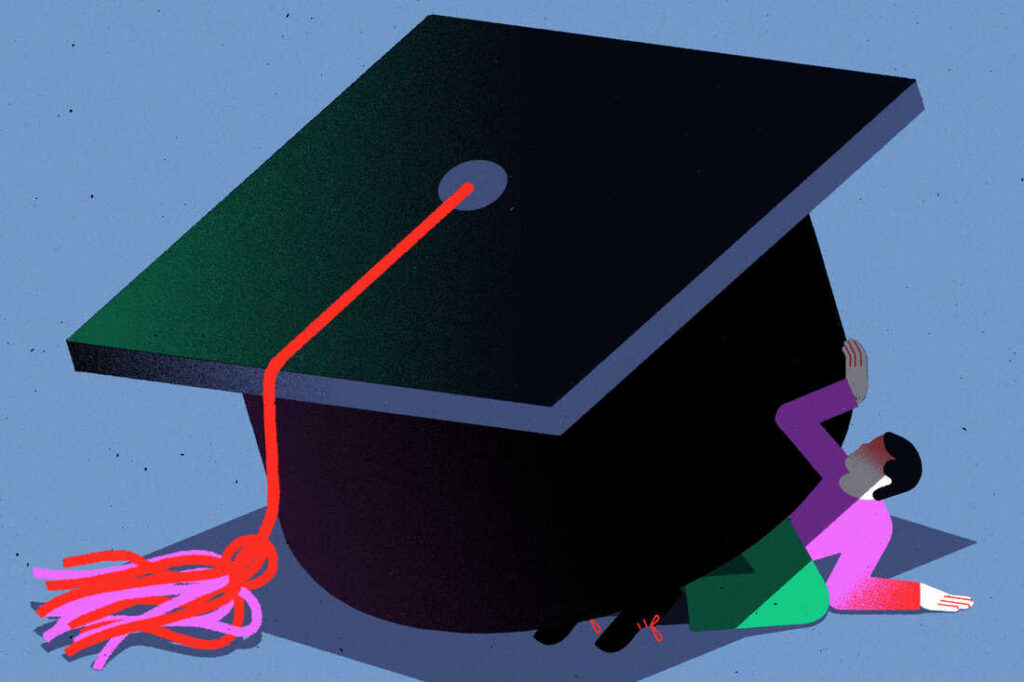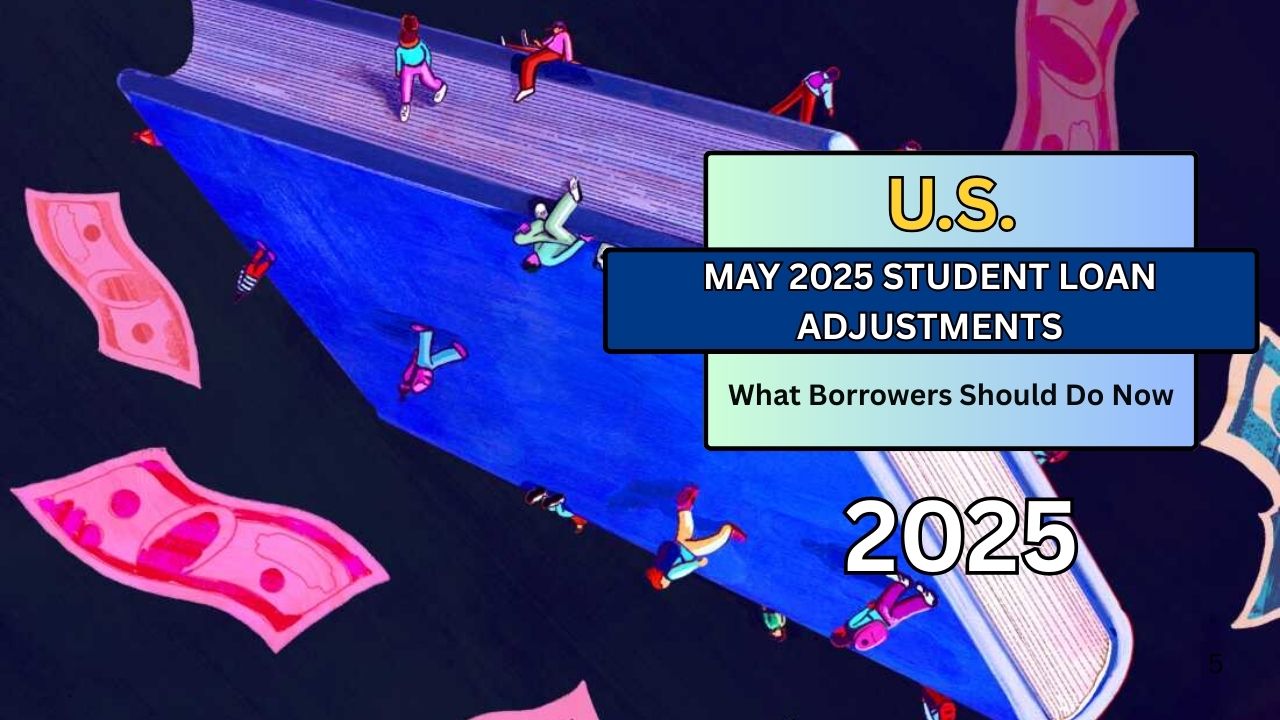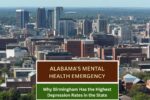The U.S. Department of Education will implement significant changes to the federal student loan system starting in May 2025. These changes are poised to affect millions of borrowers as they navigate the transition from the pandemic-related forbearance period to active debt repayment.
This article covers key updates, including the resumption of debt collection, modifications to Income-Driven Repayment (IDR) plans, and new rules for married borrowers. Understanding these changes is essential to managing your student loan obligations effectively.
Resumption of Debt Collection
After a long pause due to the COVID-19 pandemic, federal student loan payments will resume, and debt collection actions will restart in May 2025. Over 5.3 million borrowers who have been in default for more than 270 days will be affected by the resumption of these collections.

The U.S. Department of Education will take actions such as wage garnishments, tax refund offsets, and reductions in Social Security benefits for those in default.
This marks a significant change from the forbearance period that allowed borrowers to defer payments, but it also presents challenges for those who have not addressed their loan defaults. Borrowers who are behind on payments are encouraged to take immediate action to avoid penalties.
Changes to Income-Driven Repayment Plans
A significant update is the resumption of processing Income-Driven Repayment (IDR) plans by May 2025. IDR plans, which include Income-Based Repayment (IBR), Pay As You Earn (PAYE), and Revised Pay As You Earn (REPAYE), base borrowers’ monthly payments on their income and family size. This is a key development for borrowers struggling with high monthly payments.
One notable adjustment is the “Income Exclusion Rule,” which means borrowers will no longer need to include spousal income in their repayment calculations if they file taxes separately. This change can be particularly beneficial for married borrowers who may have faced higher payments due to combined income.
Additionally, the calculation of “family size” has been updated, which may lower monthly payments for some borrowers by including their spouse in the household count.
These changes aim to make repayment more manageable for borrowers and prevent them from falling behind on payments.
New Rules for Married Borrowers
Under previous guidelines, married borrowers who filed jointly saw their monthly payments calculated based on their combined income, which could result in higher payments.
Starting in May 2025, borrowers who file separately will no longer have their spouse’s income considered when calculating their monthly payments.
This policy adjustment provides significant relief to those who were previously burdened by high monthly obligations due to their spouse’s earnings.
These changes can have a profound impact on a borrower’s financial well-being, especially for those whose spouses earn significantly more or less.
The Department of Education will communicate these adjustments to borrowers who may qualify for more affordable payments based on their filing status.
Key Actions for Borrowers

For borrowers who have federal student loans, taking proactive steps will be crucial to navigating the changes ahead. Here are some recommended actions:
- Review Loan Status: Borrowers should check if their loans are in default by logging into their Federal Student Aid account.
- Explore Repayment Options: Borrowers should explore enrolling in an IDR plan to reduce monthly payments based on income. Several IDR plans are available, and each has different eligibility criteria.
- Contact the Default Resolution Group: Borrowers in default should contact the Default Resolution Group to discuss rehabilitation options or consolidation.
- Stay Informed: The Department of Education will be sending out notifications to borrowers about the upcoming changes. It is vital to review these communications and respond promptly to ensure compliance.
Potential Consequences for Non-Action
If borrowers fail to take action, they may face severe consequences, including administrative wage garnishments, tax refund offsets, and reductions in Social Security benefits.
These actions are taken to recover unpaid student loan debt. Additionally, defaults can damage credit scores, making it more difficult to secure loans for major life purchases such as homes or cars.
Borrowers should be vigilant about these changes and consider consolidating their loans or enrolling in an IDR plan to avoid these punitive measures.
Conclusion
With the return of student loan payments and the resumption of collection actions, it is critical for borrowers to understand the changes coming in May 2025.
The resumption of debt collection, updates to IDR plans, and adjustments for married borrowers provide opportunities for borrowers to manage their loans more effectively.
Borrowers must stay informed and take action to avoid penalties, including wage garnishments and tax offsets.
The U.S. Department of Education is committed to helping borrowers navigate these changes, and resources are available for those seeking assistance with repayment plans or loan rehabilitation. For more information, borrowers can visit the official Federal Student Aid website or contact their loan servicers directly.
This article has been carefully fact-checked by our editorial team to ensure accuracy and eliminate any misleading information. We are committed to maintaining the highest standards of integrity in our content.

Deepak Grover is a dedicated content writer at OTE News, specializing in government affairs, public policy, and current events. With a keen eye for detail and a passion for factual reporting, he ensures readers receive accurate and insightful news. Deepak holds a degree in Political Science and has experience in research-driven journalism.
When not writing, he enjoys reading historical books, exploring hiking trails, and staying updated with global political trends. His commitment to ethical journalism makes him a trusted voice at OTE News.




